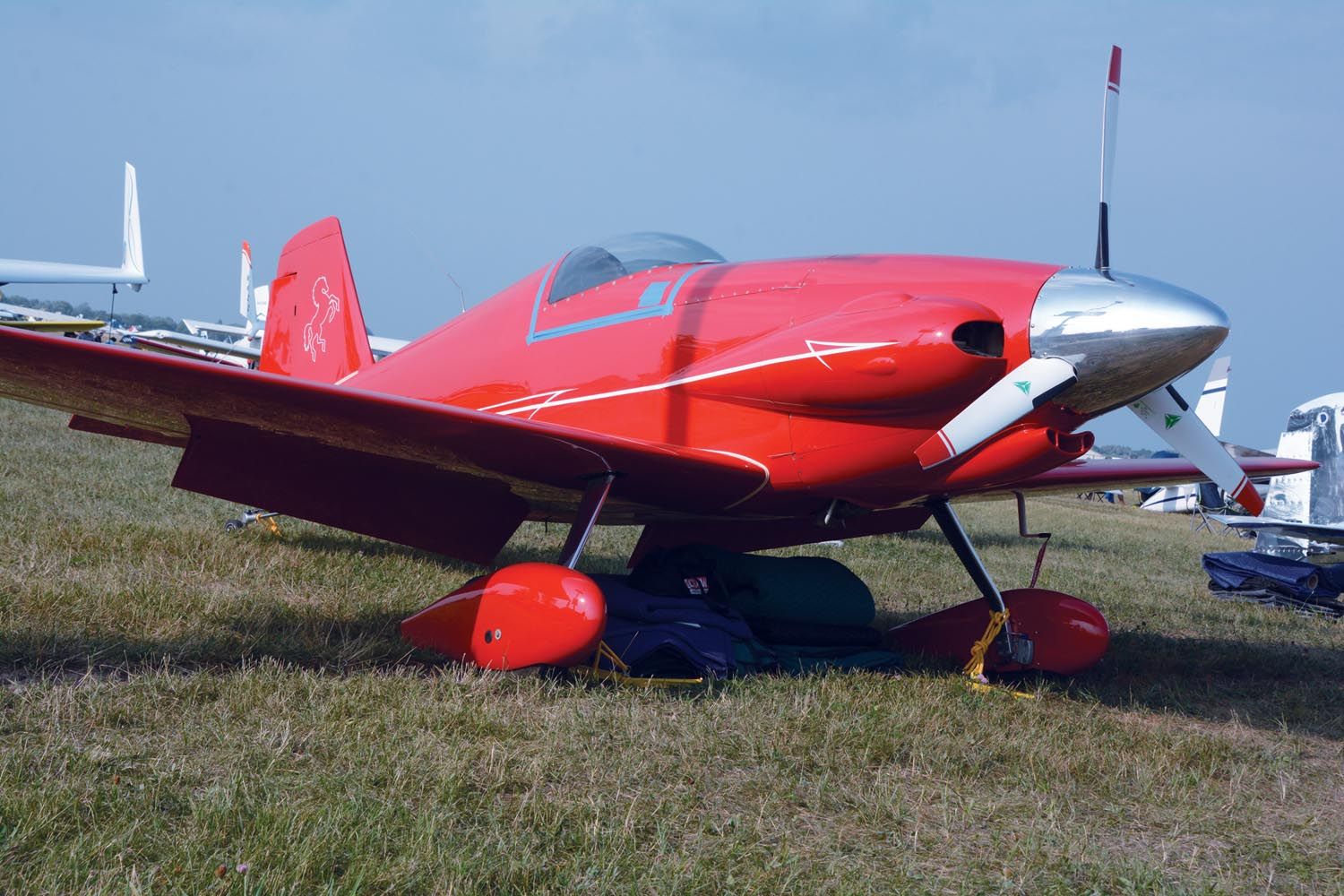
In magazine land—a parallel universe to the real world—I’m writing this between Oshkosh and Reno. The time between these two big events is a perfect opportunity to reflect on one and plan for the other.
Different as these two events are—or were—they share a common trait with nearly any event I’ve ever attended. That is, if I’m at an event I want to be at the event completely, as in 24 hours a day. It’s been that way since my first Can-Am race back in 1971 and so it was with AirVenture 2023 and will be with Reno and whatever comes after it.
Some of my total immersion orientation is simple escapism. If you’re at the airport, why bother driving back into the chaos and craziness of the outer world? It’s nicer in flying fantasyland. But to a greater extent, being there means having the run of the place in the morning and evening; the legions are gone and the remaining pro participants are relaxed and willing to say things they wouldn’t in the middle of the day. Besides being more fun, the ends of the day are more interesting.
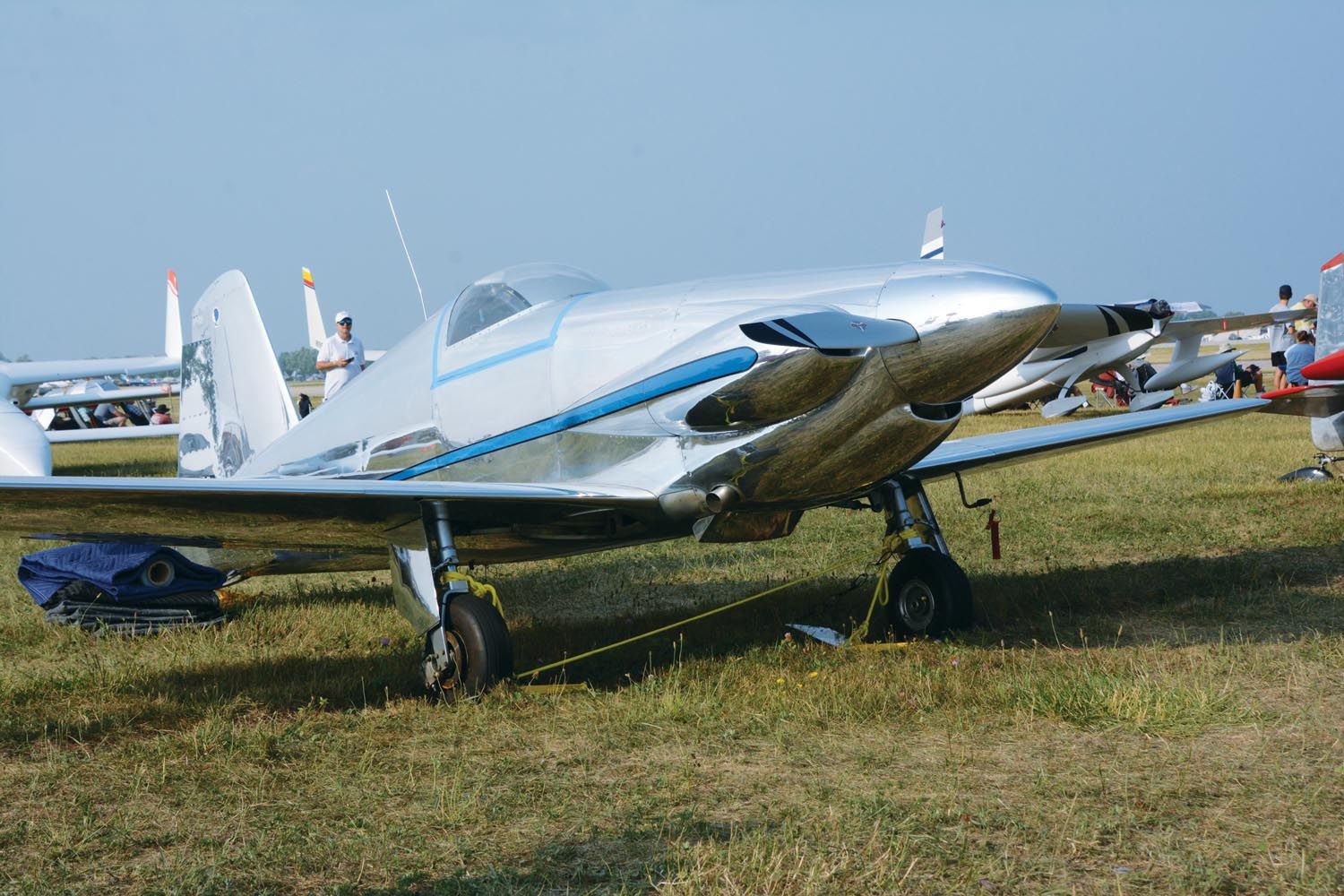
There are limits to this, especially at Oshkosh in summer. Pending the invention of the air conditioned and rainproof tent (or my renting a motor home), I’ll gladly retreat to the publisher’s house when the day is done, but it can be a while before done comes. In practice that means you’ll find me wandering in homebuilt parking some of those evenings. It’s a good time to fiddle with the long lens while the last airshow act plays out the processional with open exhaust or afterburners.
At AirVenture you’re bound to come across interesting hardware in the grass during such wanderings. You could stumble over the Roswell saucer and not think it overly surprising. It could be new or historical, fast or innovative, but no matter the attraction, it’s made somehow more engaging by its seeming abandonment in what’s really a meadow full of airplanes. The owners are off to other things—eating one presumes—but their art remains tied down lest Zeus blow it away in a humid Midwest fit.
And so this year I came across the original Midget Mustangs. Now the hoary stuff of homebuilding legend, the Midget Mustang was something I had seen incidentally on the cover of ancient Sport Aviation magazines while cleaning out the FBO hangar. I knew they were metal single-seaters from way back when but hadn’t really taken in their story. And, I’ll admit, the name Midget Mustang has always been a little off-putting to me because copying hero-class machinery, even just as a name, has always seemed too boy racer, too much wannabe big-stuff pilot for my tastes. If you want a Mustang then go get a P-51. If you can’t swing the coin, well, get something else and make it as good as you can.
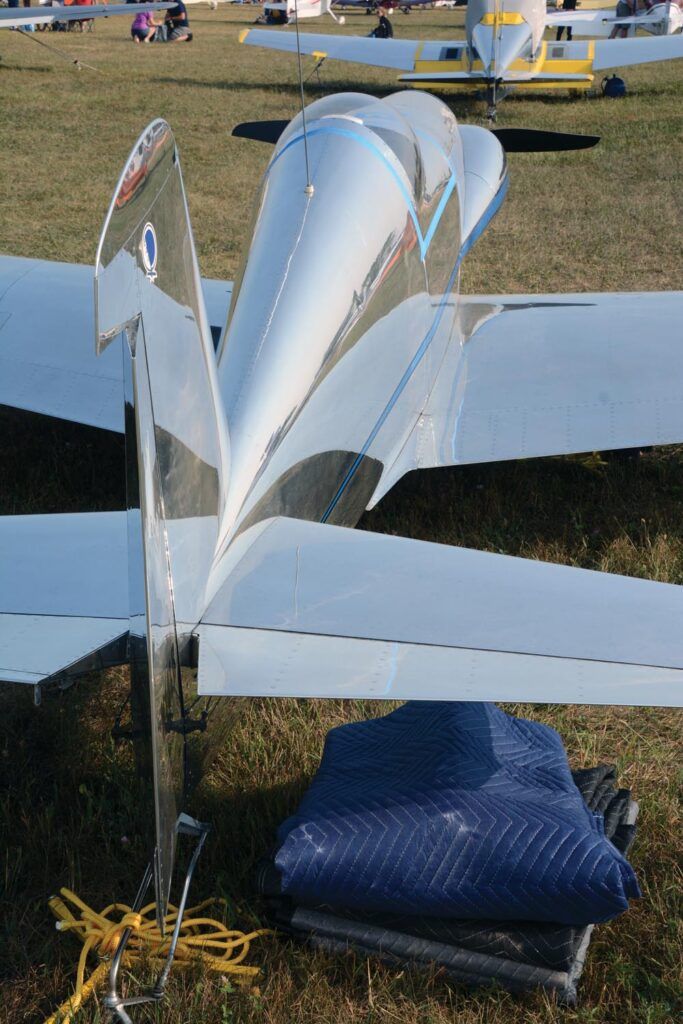
But as I stood there face-to-spinner with two Midget Mustangs, I began to forget the name and admire the planes. Luckily there was a small sign highlighting the Midget Mustang story, and facing the two amazingly crafted airplanes I could feel my mind turning, opening and ultimately accepting as much of the accomplishment before me that I could understand.
If nothing else I had to remind myself that the first of these, the red one, debuted at Rockford in 1964 after being designed in 1948 as a Goodyear Midget racer. Well, 1948 is lost to me, but I can conjure memories of 1964 and what a different world it was. We were living in New Hampshire then, a land of wood lake boats, the Beatles on a cigar box crystal radio I built as a Cub Scout, and my dad wouldn’t go to Vietnam until three years later. It was a long time ago. Garage airplane builders didn’t have laser pointers, digital levels or CNC anything. It was a purely analog age when tools and techniques were still firmly grounded in the 1940s and ’50s, and composite compound curves might be the new thing down at the marina but were well in the future at the airport.
And so the Midget Mustang has plenty of straight lines as a metal worker is want to make, but there were enough hammered curves staring back at me to recall what a labor those are. And the Midget part of the name became more real as these planes are so pint-size, clearly intended for just one lucky pilot, and silently speaking of speed all the while.
The canopy sure looks small, betraying the design’s racing intent. There can’t be much to see in the three-point except diagonally, which is enough to judge the flare and keep the little beast straight on the runway. So landing certainly isn’t a relaxed affair, but you’ve flown as much in other airplanes and landing isn’t supposed to be relaxed anyway.
I’ll admit it took a minute before I realized the polished one sported retractable gear, along with all those other little differences two hand-built Experimentals of the same breed, built by the same person even, invariably exhibit. Scoops and exhaust exits, cowls and tips of the vertical tail…all a little different.
Then I read the placard to learn the Midget Mustang was designed by Piper’s then chief engineer, David Long, as a private venture. That was in the late ’40s and Long had pylon racing in mind. Tragically, Long perished in an engine-out accident not long after and the design languished until Jim Butler, an auto body tech, built the red example in ’64. Long had left incomplete drawings—one could not call them plans—so Butler used those and scaled-up model-aircraft drawings for his impressive build.
Several years after completing and then selling the red machine, Long realized he really wanted another, improved Midget Mustang for himself, so he built the polished, retractable example, flying it in 1973. The workmanship on this airplane is nothing short of art and Butler was rewarded with the 1973 Grand Champion trophy by the EAA judges. And 50 years later there I was, standing in the grass trying to assimilate the skill and passion in those two planes. It was late in the day and I was glad to be there.

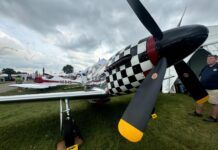
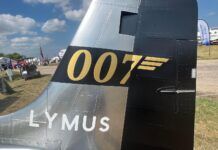
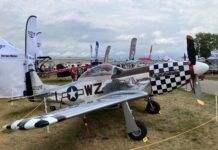
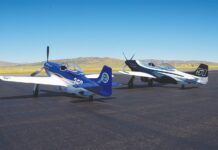
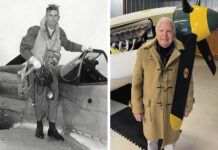
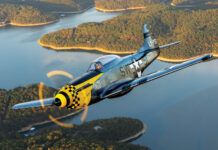

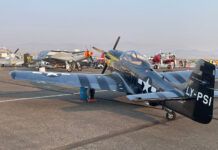
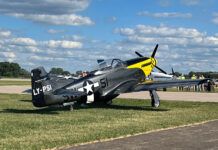

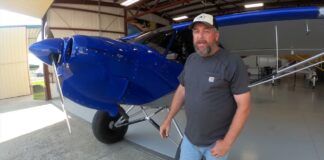
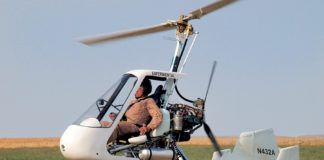
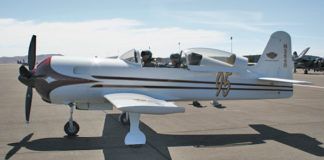
Thank you, Tom, for the marvelous article. I’ve been the proud owner of N14LB for 37 years, and the 2023 AirVenture was one of the highlights of my association with it. Your kind words make me very happy. It was a real pleasure to be able to display next to its sister ship 955Z. A first. So glad you appreciate Jim Butler’s craft. I was honored to know him.